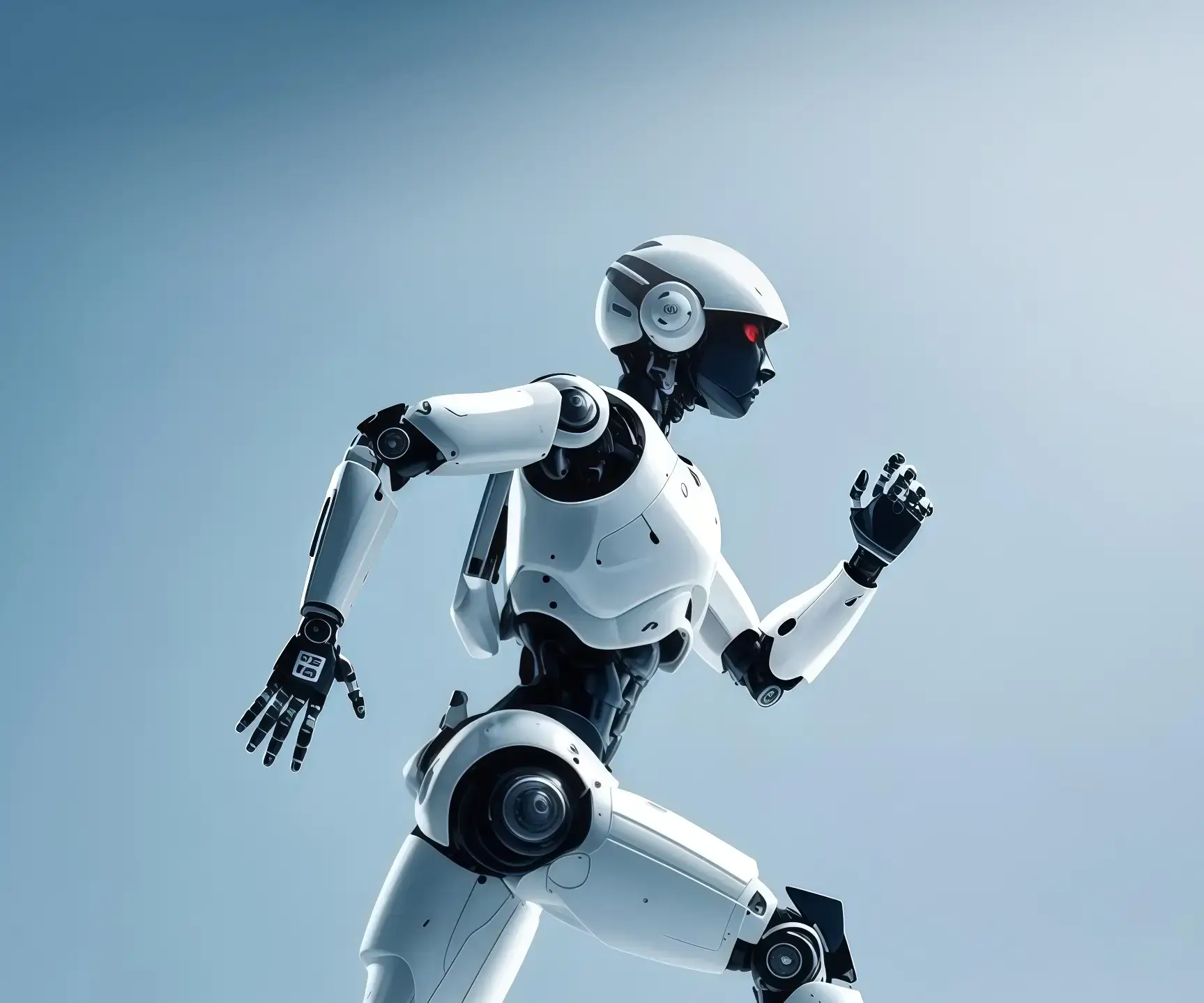part 1:
In the world of automation, robotics, and precision manufacturing, few components are as critical and interconnected as servo drives and servo motors. While they often work hand-in-hand, each fulfills a distinct role in delivering seamless, accurate motion control. If you've ever wondered what truly differentiates a servo drive from a servo motor, or how their synergy drives the marvels of modern machinery, you’re not alone. Let’s embark on a journey to unravel their unique identities and explore how they influence the systems that keep our world turning.

What is a Servo Motor?
Imagine a maestro guiding an orchestra with impeccable timing and subtle nuances. That’s quite similar to what a servo motor does within a machine. A servo motor is a specialized rotary or linear actuator capable of providing precise position, velocity, and acceleration control. Its core function is to convert electrical energy into mechanical motion, but what makes it stand out is its ability to respond dynamically to control signals with remarkable accuracy.
Commonly, servo motors are brushed or brushless DC motors, with brushless variants (BLDC) being increasingly popular due to their reliability — no brushes to wear out and less maintenance. They’re designed with feedback mechanisms, typically encoders or resolvers, that continuously monitor their position and velocity. This data is vital because it allows the entire system to correct or adjust movement in real-time, maintaining the precision that industries demand.
From robotic arms assembling electronics to precision CNC machines carving complex parts, servo motors are the silent workhorses that bring digital commands into tangible motion. Their strength lies in their high torque-to-inertia ratios, quick response times, and ability to operate over a vast range of speeds and loads.
The Role of a Servo Drive
While the servo motor is the powerhouse, the servo drive is the control wizard behind the scenes shaping the motor's behavior. Think of the servo drive as the brain that processes input commands—like desired position or speed—and then supplies the appropriate electrical power to the motor to achieve those commands accurately.
More technically, a servo drive is a specialized electronic amplifier that receives control signals typically from a motion controller or PLC (Programmable Logic Controller). It then converts these signals into the precise voltage and current needed to drive the servo motor. In essence, the drive acts as an intelligent intermediary, ensuring that the motor's movements align perfectly with system requirements.
Beyond simply powering the motor, servo drives perform critical functions such as:
Feedback Processing: Continuously receiving data from the motor’s encoders to determine actual position and velocity. Error Correction: Comparing the current position or velocity with the target and making real-time adjustments. Protection: Monitoring parameters like current, voltage, and temperature to prevent damage. Communication: Integrating seamlessly with control networks such as EtherCAT, CANopen, or ProfiNet.
The Dynamic Duo: How They Interact
Picture the servo motor as a highly skilled athlete and the servo drive as the coach providing real-time instructions. The drive interprets commands from an overarching control system, then modulates power to the motor based on feedback, ensuring the athlete performs precisely as needed. This loop of command, feedback, and adjustment is continuous, enabling systems to execute complex, synchronized tasks with uncanny accuracy.
The harmony between the drive and motor is what makes modern automation so robust. For example, in robotic welding, the servo system ensures the welding torch follows the perfectly programmed path, even compensating for slight shifts or variations in material positioning. In CNC machining, these components work to deliver ultra-tight tolerances, shaping metals and plastics into intricate designs.
Part 2 to follow…
Established in 2005, Kpower has been dedicated to a professional compact motion unit manufacturer, headquartered in Dongguan, Guangdong Province, China.




































